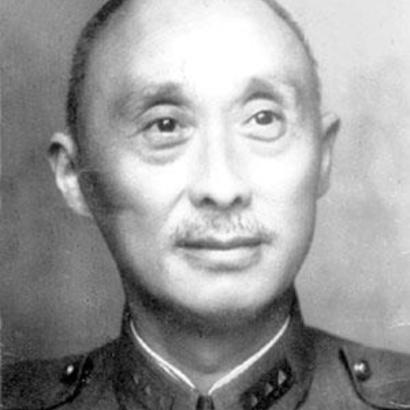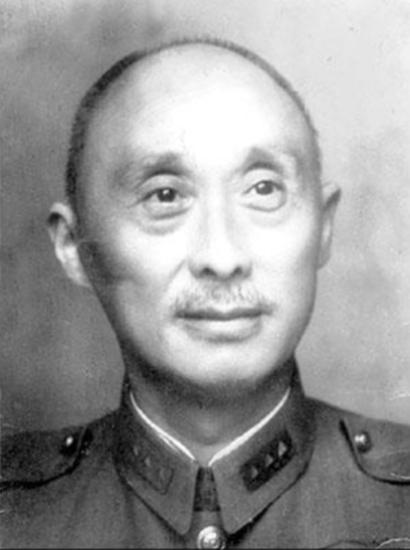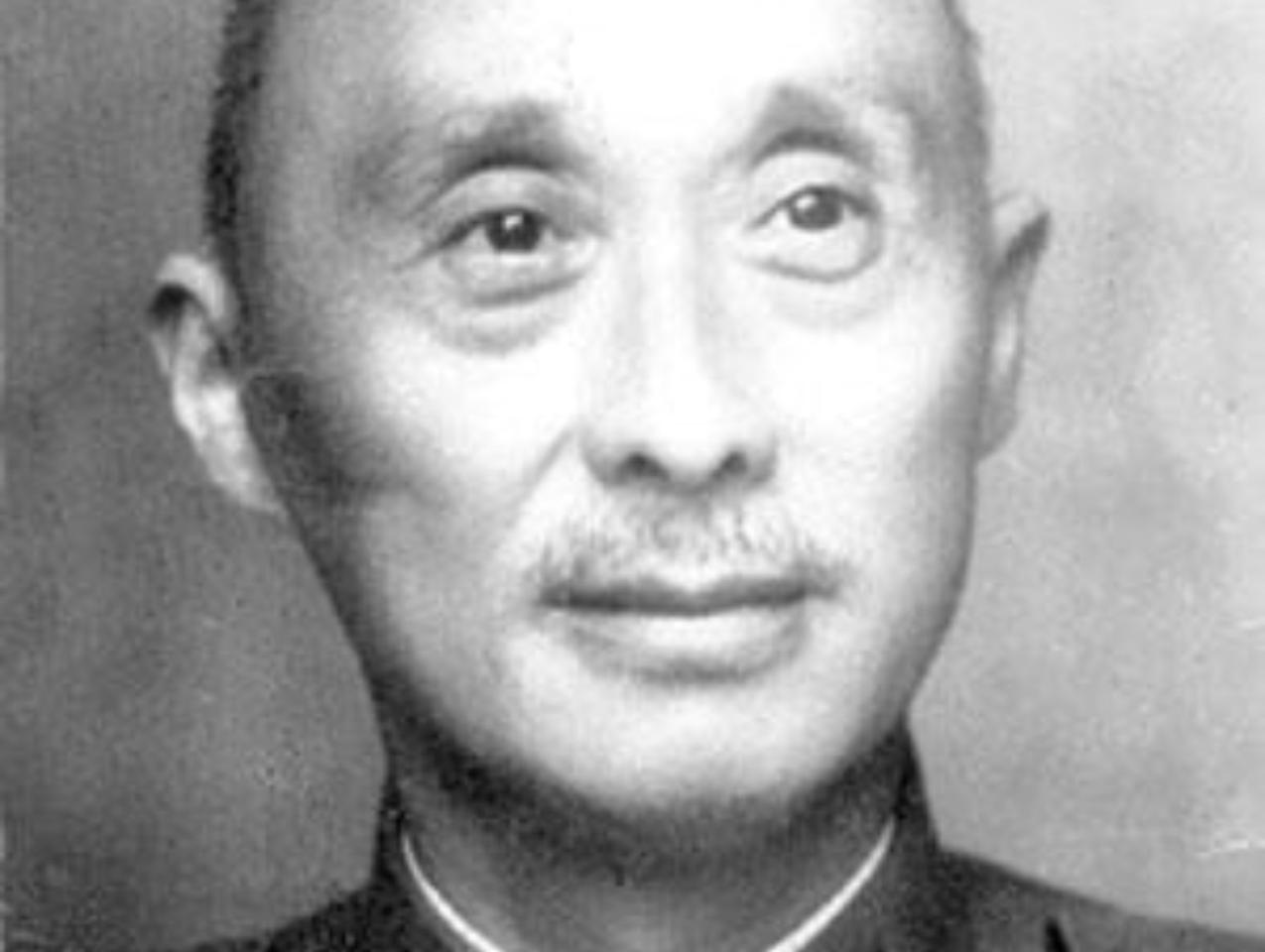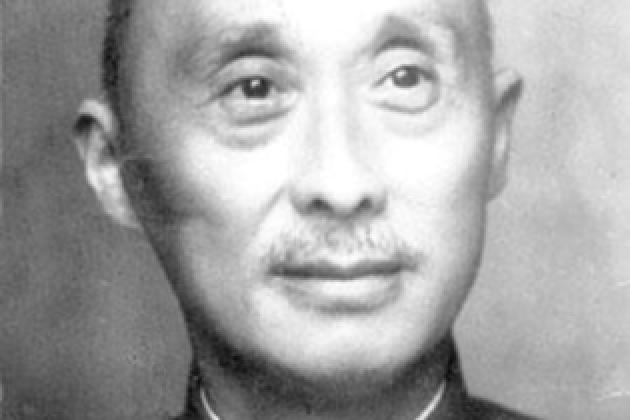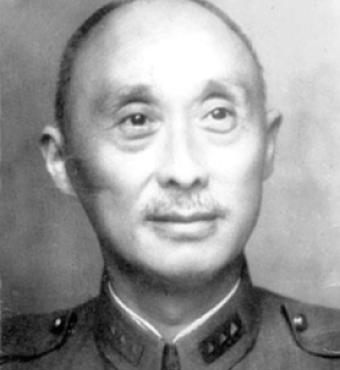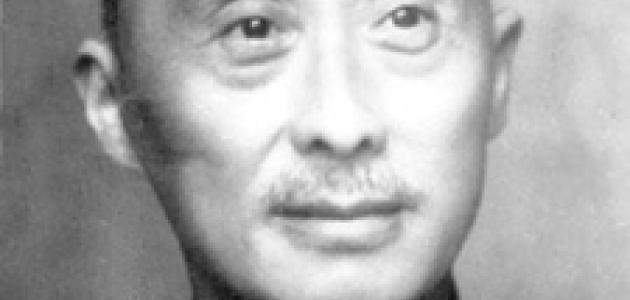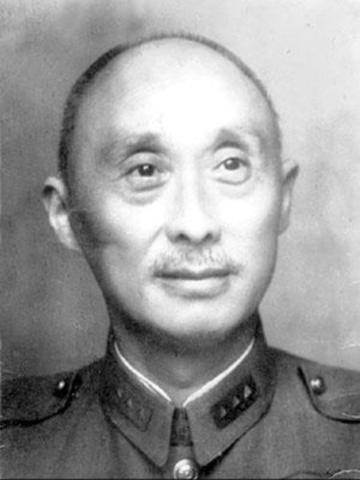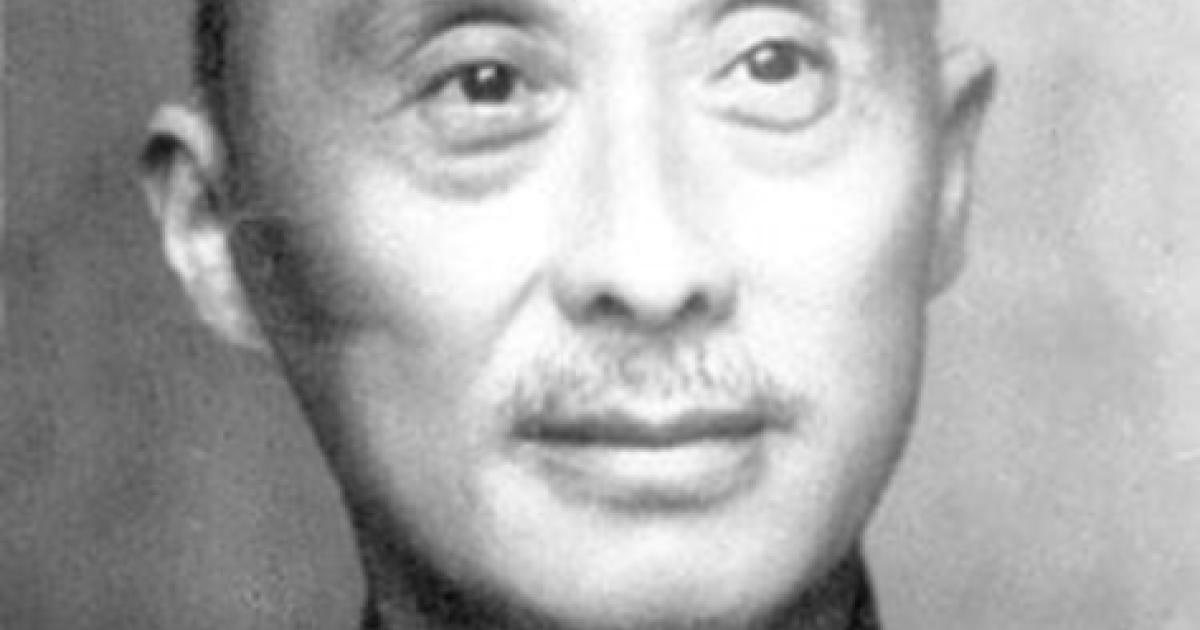
Wang Zuanxu (1885–1960) was a native of Xichong, Sichuan Province. He began to rise to prominence in China’s military and political scene in the early 1920s, when he commanded divisions of the Sichuan army and created his own sphere of political influence. After Chiang Kai-shek completed the Northern Expedition in 1928—an effort of the National Revolutionary Army to reunify China under the Chinese Nationalist Party, or Kuomintang, after being fractured by the Revolution of 1911—Wang, together with a dozen regional military leaders in Sichuan, declared their nominal allegiance to the new Nationalist government in Nanjing. In 1938, shortly after the outbreak of the Sino-Japanese war, Wang was appointed provincial governor of Sichuan. A year later, as the Chinese Nationalists entered the darkest stage of the war, Wang resigned from the governorship and led an army of 100,000 to fight with the Japanese on the Hubei and Henan fronts. During the Chinese Civil War (1946–49), Wang was assigned the task of managing Chiang Kai-shek’s garrison command in Chongqing. When Wang saw the defeat of Chiang was inevitable, he decided to switch his political allegiance and joined the Chinese Communists. In 1957, as the Anti-Rightist Campaign began to surge, Wang, who was being labelled a rightist, fled China. He was arrested on November 15 at 9 pm while attempting to cross the Guangdong–Hong Kong border. He was subsequently thrown into a prison in Chengdu, where he died three years later.
The Wang papers include photo images of Wang’s military and political activities in the Nationalist era, and more than 300,000 Chinese characters’ worth of transcripts from Wang’s speeches, correspondences, telegrams, reports, instructions, and miscellaneous writings the family secretly preserved and guarded after Wang’s 1957 arrest. The collection will complement other valuable archival materials at Hoover dating from before and after the Chinese Communist takeover of 1949, providing researchers with sources to construct a broader historical landscape of twentieth-century China.





